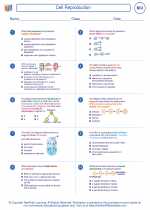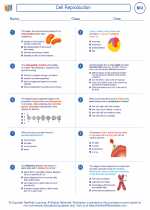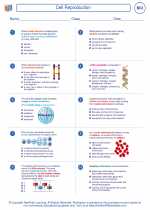Transportation in Biology
Transportation in biology refers to the movement of molecules, ions, and other substances within and between cells, tissues, and organisms. This process is essential for the survival and functioning of living organisms, as it allows for the distribution of nutrients, removal of waste products, and communication between different parts of the body.
Types of Transportation
There are several types of transportation mechanisms in biology, including:
- Passive Transport: This is the movement of molecules across a cell membrane without the input of energy. It includes processes such as diffusion, osmosis, and facilitated diffusion.
- Active Transport: This involves the movement of molecules against their concentration gradient, requiring the input of energy, usually in the form of ATP. Examples include the sodium-potassium pump and the proton pump.
- Endocytosis and Exocytosis: These are processes by which large molecules or particles are transported into or out of the cell, respectively, via vesicles formed from the cell membrane.
- Bulk Flow: This type of transportation occurs at the organismal level, involving the movement of fluids such as blood and sap through vascular systems.
Transportation in Plants
In plants, transportation is crucial for the uptake of water and nutrients from the soil, as well as the distribution of these substances to different parts of the plant. This is facilitated by processes such as transpiration, cohesion-tension theory, and the movement of sugars through phloem.
Transportation in Animals
In animals, transportation involves the circulation of blood and the movement of substances such as oxygen, carbon dioxide, and nutrients throughout the body. This is achieved through the cardiovascular system, including the heart, blood vessels, and blood.
Study Guide
To study the topic of transportation in biology, consider the following key points:
- Understand the different types of transportation mechanisms, including passive transport, active transport, endocytosis, exocytosis, and bulk flow.
- Learn about the role of transportation in plants, focusing on processes such as transpiration, cohesion-tension theory, and phloem transport.
- Explore the importance of transportation in animals, particularly the function of the cardiovascular system in the circulation of blood and the transport of substances throughout the body.
- Consider the implications of transportation-related disorders and diseases, such as hypertension, diabetes, and vascular disorders.
- Study the various factors that can affect transportation processes, including temperature, concentration gradients, and the presence of specific transport proteins.
By mastering these concepts, you will gain a comprehensive understanding of transportation in biology and its significance in the functioning of living organisms.
[Transportation] Related Worksheets and Study Guides:
.◂Biology Worksheets and Study Guides High School. Cell Reproduction

 Worksheet/Answer key
Worksheet/Answer key
 Worksheet/Answer key
Worksheet/Answer key
 Worksheet/Answer key
Worksheet/Answer key
